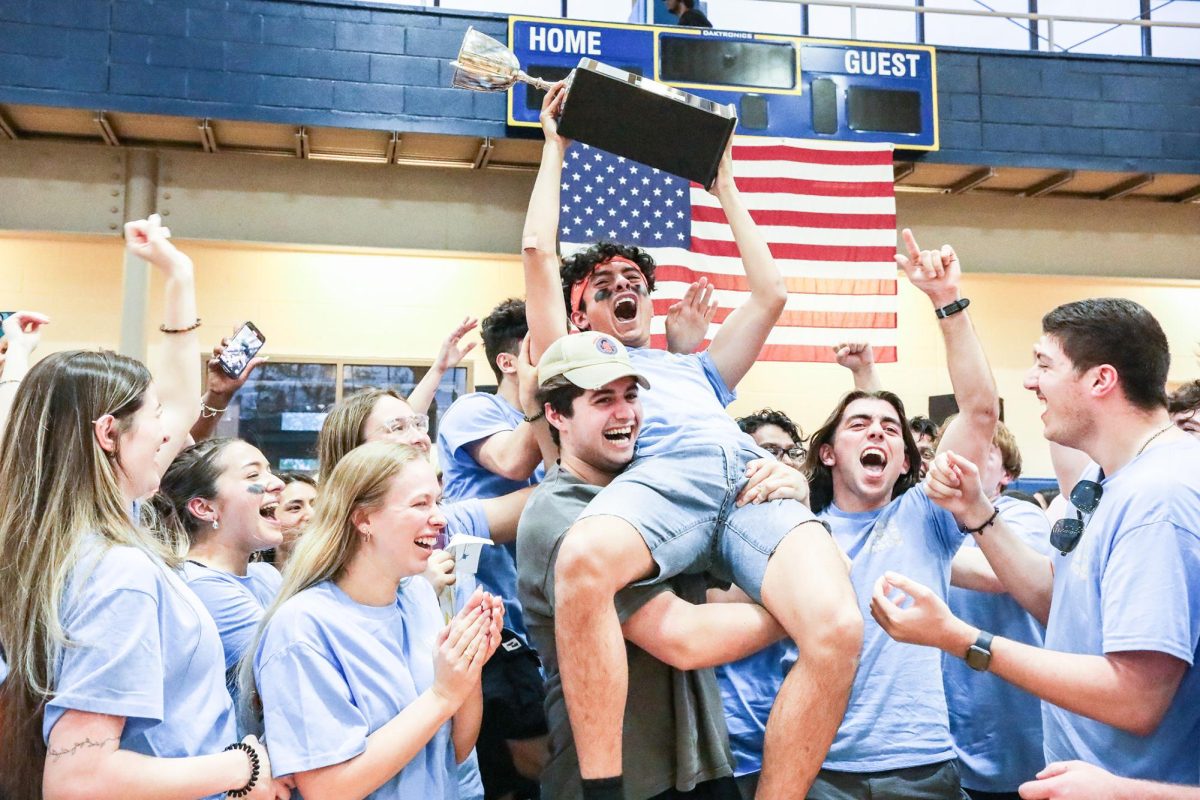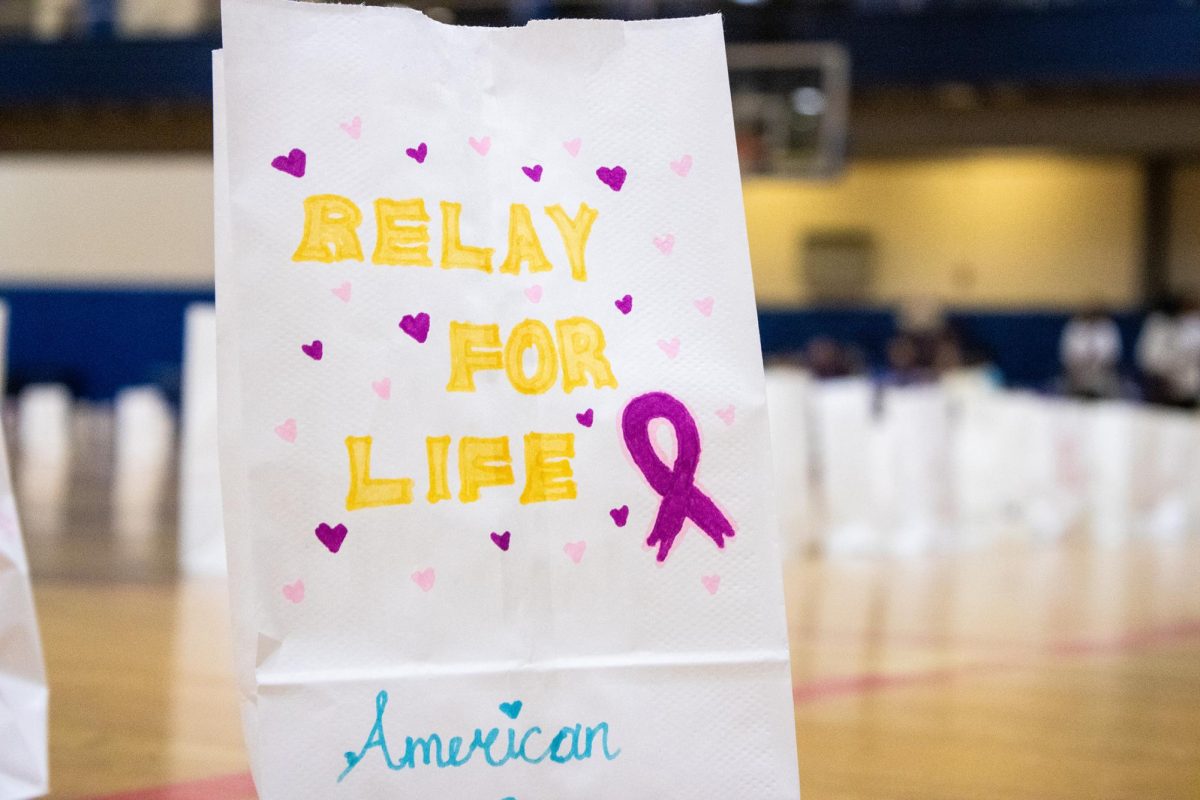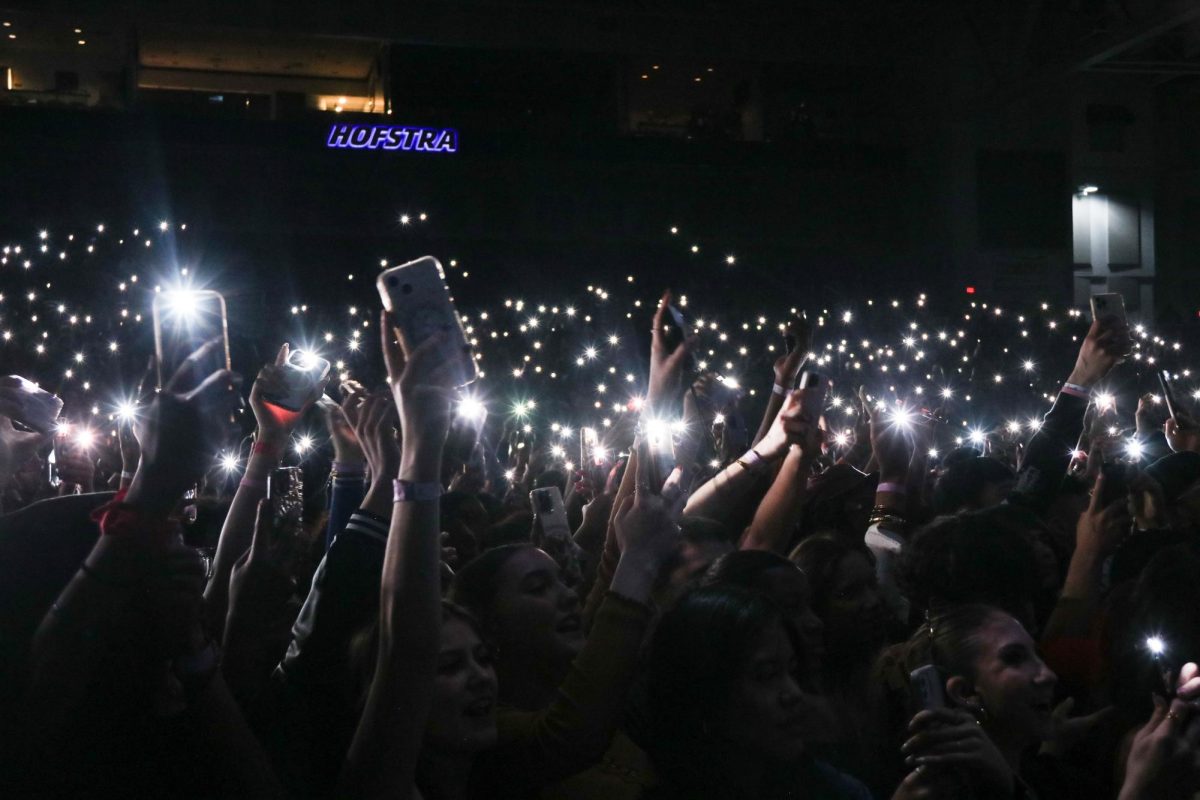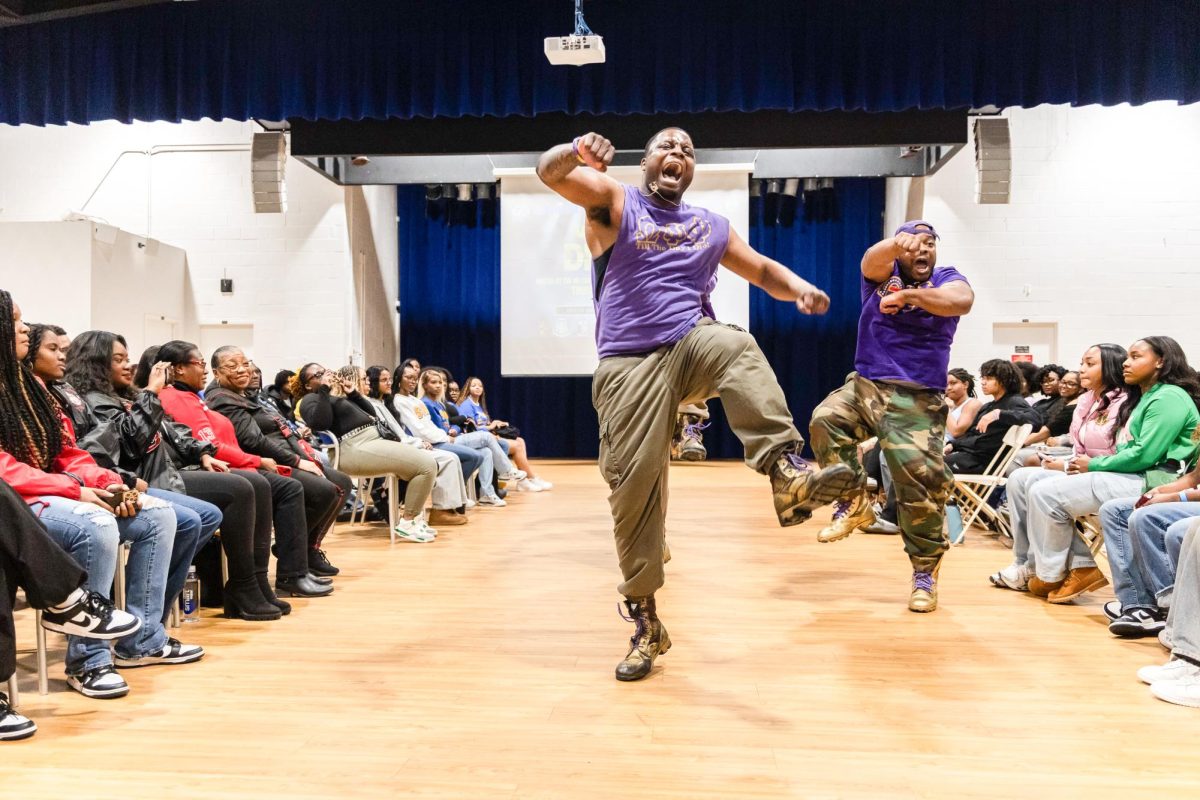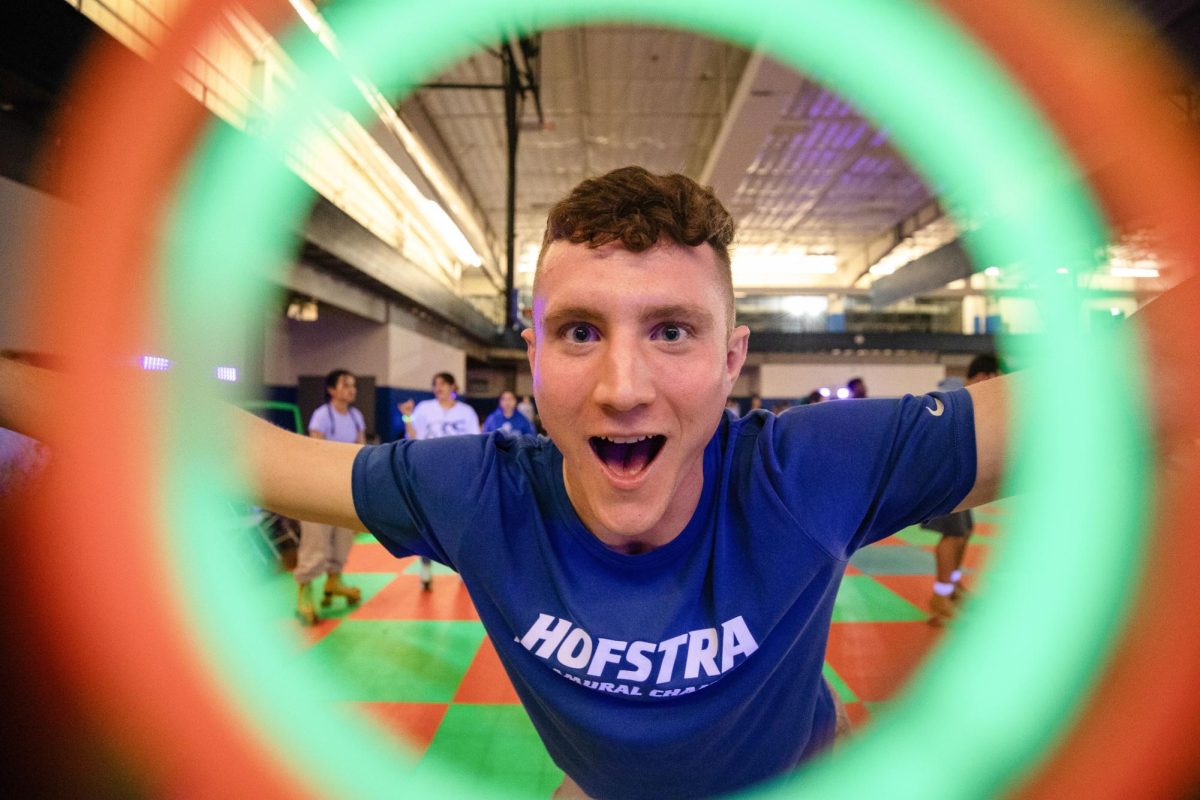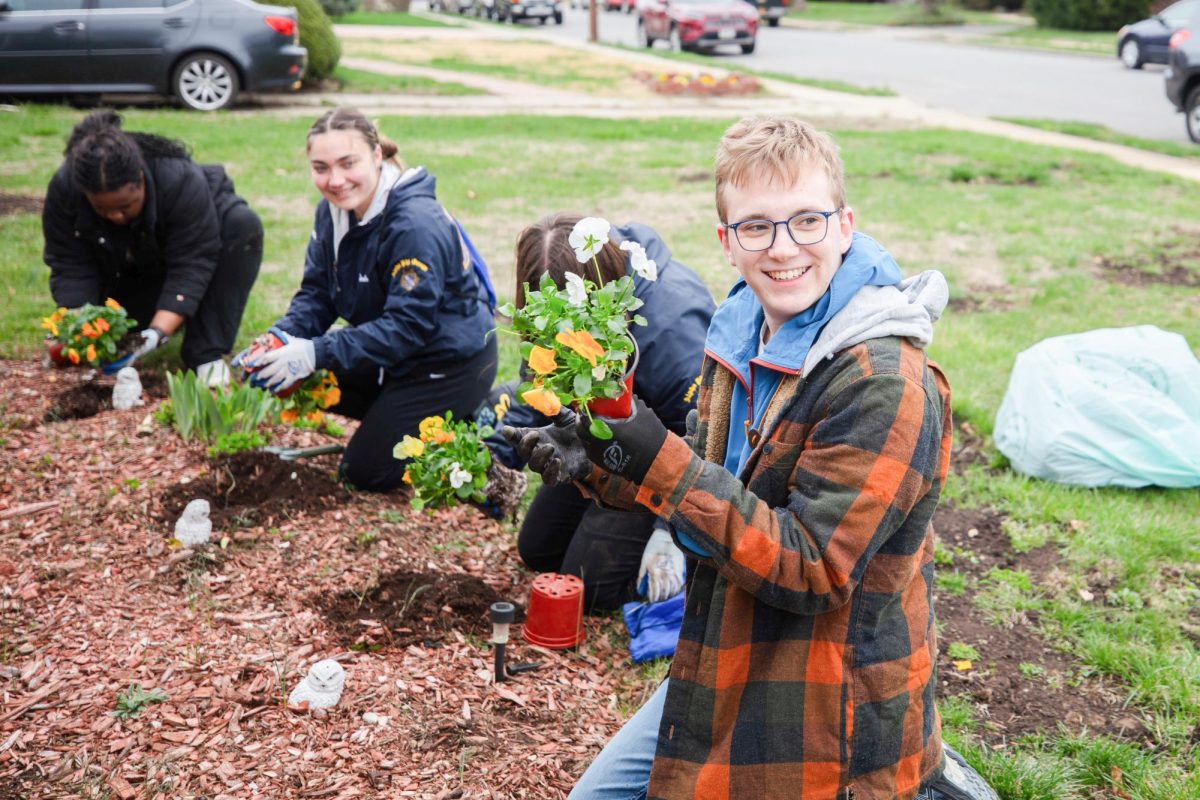Reports of one negligent manslaughter, five rapes, one fondling, two aggravated assaults and one religious hate crime were among more than 100 incidents from 2015 revealed in the 2016 Annual Security and Fire Safety Report, released by Hofstra per federal requirement.
“These are crimes that are reported to us, that doesn’t mean that through the course of the investigation it was proven to be true,” said Lynda O’Malley, assistant director of public safety and one of the compilers of the report.
All colleges and universities who receive federal funding are mandated to release campus crime statistics, as well as their security and safety policies and procedures under the Jeanne Clery disclosure of Campus Security Policy and Campus Crime Statistics Act, or the Clery Act, enacted in 1990.
At Hofstra, the report is linked in an email sent out to all students and faculty, as well being posted as a PDF on Hofstra’s website. Yet, while the information is there for reference, students seem overwhelmingly unaware of the report and its contents.
“I didn’t even know [the report] was a thing, never mind that it is available to us,” said Amanda Deamer, a freshman computer science major. “It’s almost not looked at as important if it’s in an email, I just look through and figure it’s just another thing from Hofstra.”
The 2016 report is composed of 41 pages, which includes a statistic chart of all offenses. Some rows of the chart are blacked out due to changes in laws. For example, the rows titled “sexual offences,” both forcible and non-forcible, have been blacked out for 2014 and 2015 due to a change in law that reclassified them, mandating that these incidents be included under the data for rape.
The report does not reveal information on the students involved in any report or crime.
However, when a case goes to trial and someone faces prosecution because of their actions, their identities are then public knowledge.
For example, the negligent manslaughter report can likely be attributed to the death of Olivia McClellan, who passed away after recieving a fatal overdose of heroin from former Hofstra student Joseph Joudah.
In April 2015, Joudah, McClellan’s boyfriend at the time, left McClellan alone in her Enterprise Hall dorm after they both took heroin. Joudah then waited 17 hours before anonymously calling Public Safety.
Joudah pleaded guilty to the charge of negligent manslaughter. He was sentenced with five years’ probation on Sept. 23 of this year; and was granted youthful offender status, leaving his criminal record sealed.
Of the five rapes reported, four occurred in residence halls, meaning the fifth occurred elsewhere on campus. In the context of the report, rape is defined as “penetration, no matter how slight, of the vagina or anus with any body part or object, or oral penetration by a sex organ of another person without the consent of the victim.”
The number of rapes reported however, seems surprising considering the Rape, Abuse & Incest National Network’s (RAINN) statistic that 11.2 percent of all students experience rape or sexual assault through physical force, violence or incapacitation.
Furthermore, RAINN states that “Among undergraduate students, 23% of females and 5.4% of males experience rape or sexual assault through physical force, violence, or incapacitation.”
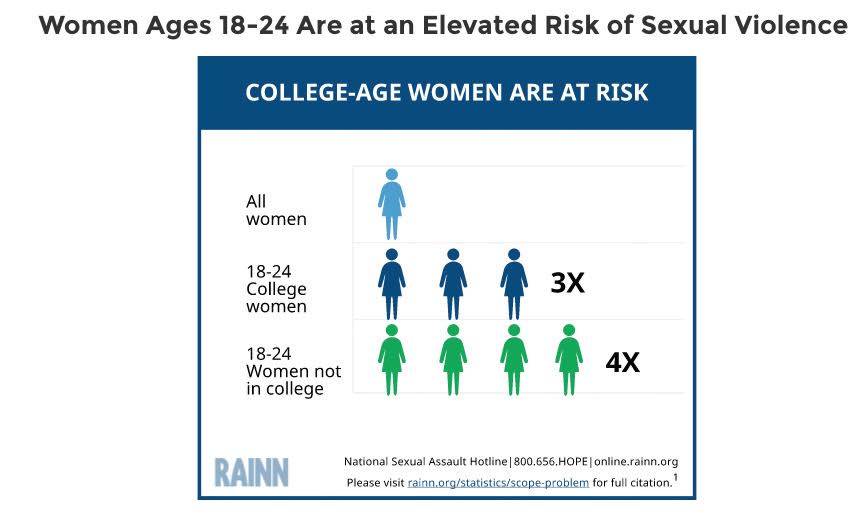
Yet this variation in rapes reported and number of probable rapes can be explained by another statistic reported by RAINN, which claims that only 20 percent of female student victims, age 18-24, report their assaults to law enforcement.
“We can only categorize and report out on what is told to us. So I think everyone would agree that we know there are more incidents that occur, particularly related to sexual assault or sexual violence, than ever make their way to our office,” O’Malley said.
As for the reporting process, many entities on campus come into play as Hofstra provides both confidential resources such as the Health and Wellness Center, Saltzman Center and Interfaith Center; as well as non-confidential resources such as the Department of Public Safety and resident assistants.
Hofstra’s Title IX coordinator, Lara Nochomovitz, is responsible for “overseeing the University’s response to reports and complaints of sexual harassment, relationship violence and sexual misconduct under the Student Policy Prohibiting Discriminatory Harassment, Relationship Violence and Sexual Misconduct; and for addressing any patterns or systemic problems revealed by such reports and complaints,” according to the university’s website.
“One of my number one goals is to facilitate reporting for students … We give students a lot of options for what they can do if they know of an assault that occurs. That may be reporting to the university, that may be reporting to the police, that may be going to one of our confidential resources,” Nochomovitz said.
“We want to make the reporting process easy,” said Jean Peden Christodoulou, assistant vice president for Student Affairs and former Title IX coordinator at Hofstra. “Anyone who comes to us with any claim of sexual assault – first we want to make sure that they are safe and that they have any physical or counseling support immediately … making sure that they are safe and cared for is sort of how we start and then we can say, ‘and how would you like to proceed with this issue?’”
As for the report itself, Nochomovitz said it serves its purpose under the Clery Act by providing information to the public who can then weigh in on the decision to attend Hofstra and students can make the decision to dorm.
“I think that it is helpful to the community to have access to the data, and the transparency helps Hofstra students to make decisions,” she said.
Whether or not they’ve read the report, many students still feel safe.
Without having read the report herself, but with knowledge of some statistics, Deamer said, “I do feel safe on campus, there’s Public Safety everywhere and all the buildings are gated. When I go off campus it feels like there’s more risk but when I get on campus there feels like there’s nothing to worry about.”
Of this feeling of safety O’Malley said, “To say that you feel safe – what is that feeling of safety based upon? We want people to read this information …We can do only so much, we want students to stop and read this information.”
Deamer said there should be a spotlight on the report. “I don’t think anyone knows about these incidents,” she said. “They should highlight them because I think students would take more notice.”







